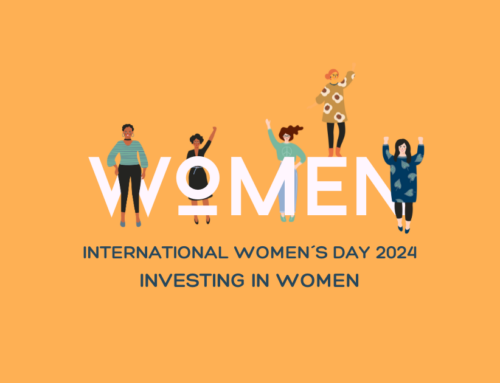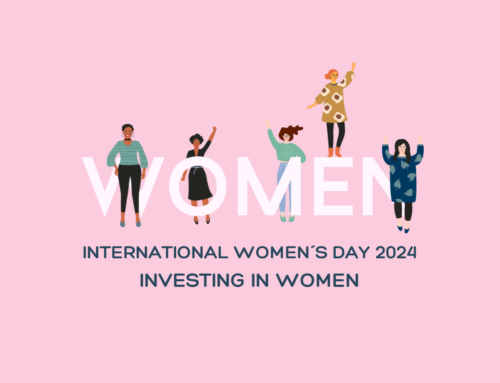Here’s why that’s wrong.
By Robin Ely, Professor of Business Administration, Harvard Business School
Women and men alike make a lot of assumptions about women. Yet when it comes to women and work, some of the most ubiquitous beliefs are the most mistaken.
Women enter the workforce at roughly the same rates as men, yet they are not represented anywhere near equally across all levels of organizational hierarchies. At this point, we know it’s not a matter of playing catch-up. By the 1980s, when women began graduating from colleges and graduate schools at rates similar to men and entry-level worker cohorts became gender-balanced, it was assumed that as those men and women progressed through their careers, senior ranks would begin to reflect that parity. That hasn’t happened. Women’s representation in leadership roles has been stalled at or under 15 percent in Fortune 500 companies for at least 15 years.*
It’s a puzzling state of affairs, and potential explanations abound. But many of the most popular ones do not stand up to scrutiny and attribute this underrepresentation to women’s personal choices — or worse, personal failings — rather than systemic gender biases and patterns of disadvantage. Last year we launched a Gender Initiative at Harvard Business School to bring evidence, rather than stereotypes, to the conversation about women’s leadership and careers. Today, research has debunked a number of commonly held beliefs.
Women “opt out” of high-powered careers in order to stay home.
This notion rose to prominence in the early 2000s, but the phenomenon of highly educated women leaving work is far more complex than the term suggests. For one, it doesn’t seem to be happening at the rates that discourse implies. In 2012 and 2013, Harvard Business School conducted an extensive survey of our alumni, delving into their life and career decisions. At that point in time, just 11 percent of baby boomer and Generation-X alumnae were out of the workforce caring for children, a figure far lower than the 30 to 50 percent that I routinely hear when I ask audiences to venture a guess.
Meanwhile, sociologist Pamela Stone has found that women in a range of fields who did quit demanding jobs after becoming mothers did not do so happily. Rather, they felt pushed out by employers and organizations that devalued their contributions. Many women Stone interviewed who were treated as “stars” before parenthood were suddenly seen as subpar performers after having a child, especially if they reduced their hours in the office — even when their actual outcomes and results were as good as or better than before. The belief that mothers, but not fathers, are undercommitted to their jobs is astoundingly pervasive. In our survey, we gave 14 possible reasons for women’s stalled advancement in the workplace, and the most popular one — cited by 76 percent of respondents — was that “women prioritize family over work.”
The pervasive myth is that women simply scale back their ambitions after having children, but the reality is that our work culture and our organizations make it mighty hard to pursue them.
Women use too many family accommodations, like flex time and reduced hours.
It’s not that women are discriminated against, the logic goes, it’s simply that women happen to be the ones who take time off, request jobs with less travel or take advantage of any number of formal options to help manage family responsibilities. “It’s about believability,” a consulting firm partner explained in a research interview. “If I’m a leader and folks know that I’m not there for them — that I’m offline for significant periods of time — they don’t believe I’m their leader.” In this narrative, the key factor is not gender per se, but the use of policies and programs incompatible with career advancement.
There is some truth here — flexibility stigma can indeed harm careers — but the real story is more complicated. If taking family accommodations explained the gender gap in career achievement, then we’d expect to find women without children free to rise to the top — and we don’t. Even after controlling for other factors — such as age and race, the number of children, the job industry, the size of the organization or even the type of family accommodation taken — taking advantage of family-friendly policies didn’t explain why, among full-time working alumni between the ages of 31 and 66, 62 percent of the men, compared with 47 percent of the women, were in top jobs.
This fact is quite telling: It clearly is possible — for a chosen few — to take accommodations and stay on the path to senior management. It seems it’s just that the chosen few are relatively fewer when it comes to women. Whom companies deem a high performer is profoundly shaped by gender stereotypes — they form our models of leadership (read: masculine), and they influence who is deemed a “rising star” (read: men) in the first place.
So if it isn’t their inexorable draw to families that explains the underrepresentation of women in leadership, then what is it? There are yet other myths that insist women’s stalled advancement is their own fault.
Queen bees prevent other women from advancing.
I am constantly amazed by the number of women who confide to me (usually in hushed tones) a dirty little secret: It isn’t really men who are the problem, it’s other women! This belief, which has been circulating since at least since 1974 when Psychology Today published “The Queen Bee Syndrome,” holds that women in powerful positions undermine their female colleagues. Women are the culprits, and they are to be demonized.
Yet in this case as well, the crucial factor is organizational context. My early research demonstrated that the extent to which women found their female peers distressingly competitive was directly related to the proportion of women in senior positions. In firms with a high proportion of female partners, junior women experienced supportive relationships with their peers and saw senior women as role models. It was when only a few women held positions of power that women’s relationships were problematic.
More recently, researchers Belle Derks and Naomi Ellemers found that those women who do undermine or fail to support female colleagues are women who themselves experienced significant gender discrimination. For these women, distancing themselves from their gender was crucial to their advancement in a context where women were devalued. Existing organizational failure perpetuates a dearth of women at senior levels.
Though the myths about women’s underrepresentation are wrong, they continue to flourish. Why? By shifting blame to women, we avoid identifying subtle patterns of discrimination and second-generation gender bias in our own companies and culture at large. The problem with these myths isn’t only that they’re misguided — they derail the conversations we should be having about how to build organizational cultures that allow everyone to thrive.
*Editor’s Note: In 2015, Women represented about 21 percent of chief executives/chief administrative officers in local government.
_____
Robin Ely is the Diane Doerge Wilson Professor of Business Administration, Senior Associate Dean for Culture and Community at Harvard Business School, and faculty chair of the Gender Initiative. She conducts research on race and gender relations in organizations with a focus on organizational change, group dynamics, learning, conflict, power, and identity. This article originally appeared in The Washington Post in February 2016.







